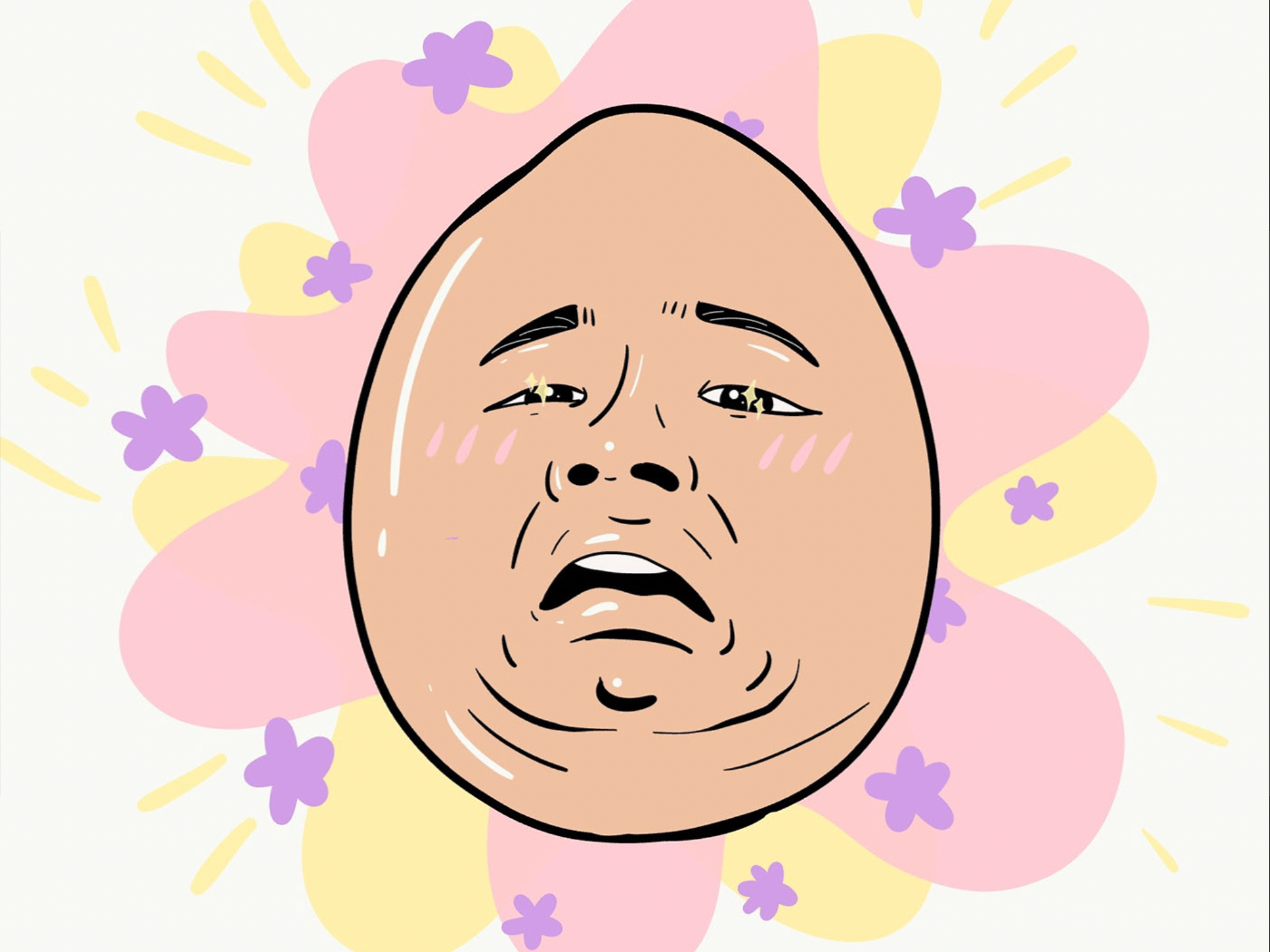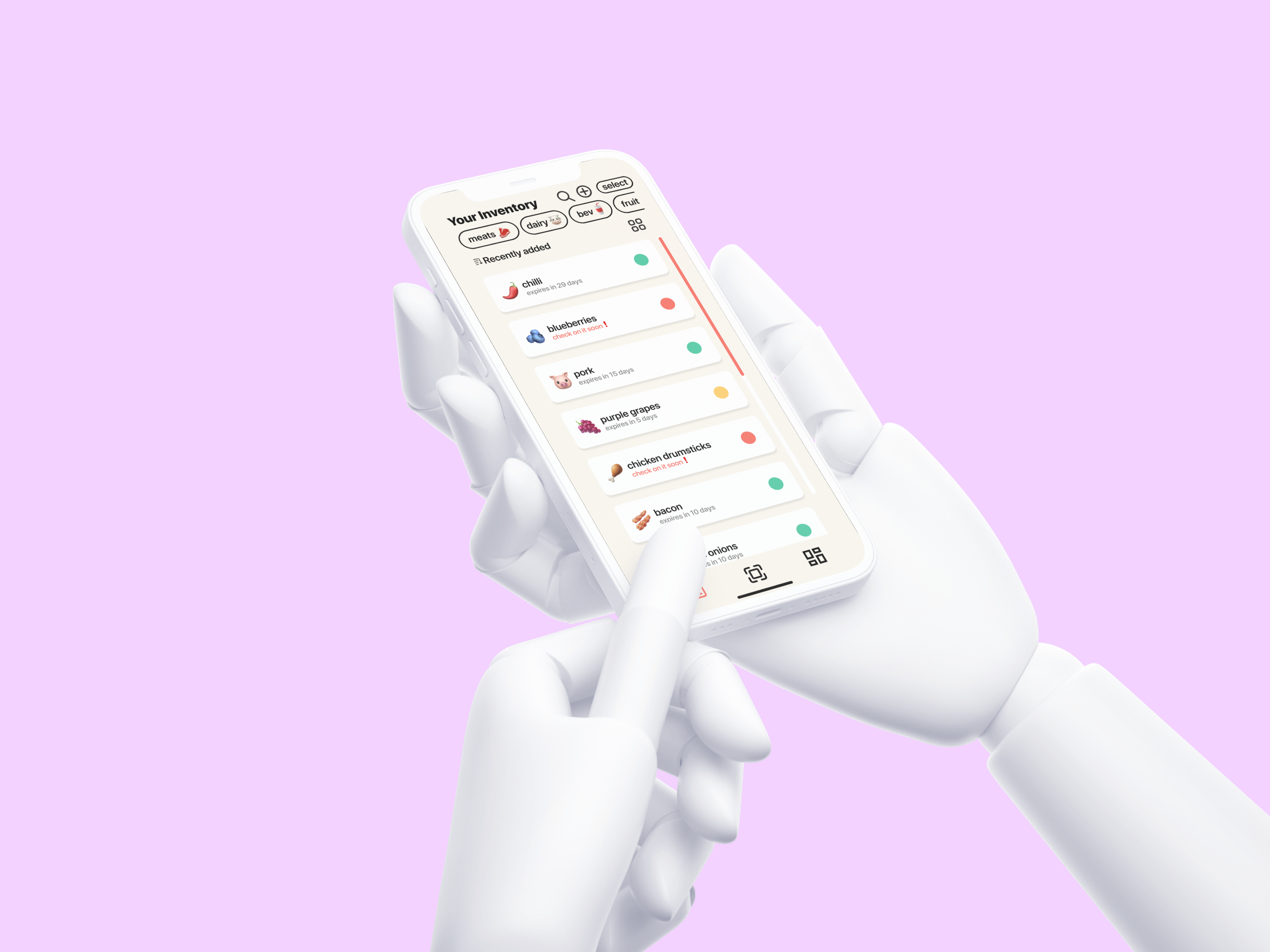Help Inn Website
Overview
To investigate how design can be used as a vehicle for social change, designing in response to a UN Sustainable Goal and to produce a design artefact as the final outcome.
My team chose to design towards the UN goal of achieving “Good Health and Wellbeing” for all people. As a team of four young women, a passion for improving the wellbeing of women quickly arose. As such, our project focused on addressing perinatal depression (PND), a prevalent social issue affecting 1 in 6 women in Australia (Beyond Blue, 2020).
Timeline: 3 months
Tools: Adobe Illustrator, Adobe Photoshop, Miro, Adobe Premiere Pro, Adobe After Effects & Figma
Challenge
To investigate how design can be used to help the problem of:
"Support networks for mothers can be unaware on how to best support a mother, especially one going through perinatal depression."
Goals
• Provide engaging content to inform users of relevant information around perinatal depression
• Create a legitimate platform to establish a strong network of resources
Purpose
Design an artefact to address perinatal depression
___
🏆
Finalist in USYD Student Innovation Challenge
Background Research to Understand the Problem
Under the UN Sustainable Development Goal of good health and well-being, we determined the topic of perinatal depression (PND) to be of interest to us.
Perinatal Depression is defined as depression experienced by a mother before, during and after childbirth (Beyond Blue, 2020)
PND is a specific and unique issue that we felt we could use design to bring awareness to. We chose it because it was an intersection of a few different issues we were interested in - mental health, child development, newborn mortality, feminism - and also was something we all did not know that much about. The lack of prior knowledge removed bias and ensured each team member undertook a similar learning process throughout the topic.
To design for PND, we had to first create a stakeholder map for the potential users that we would be designing for.
Existing Solutions in the Space
We sought out to explore what solutions have already been implemented to investigate their limitations.
Uncovering the Root Problem
The 5 Why's design technique was used to gain a deeper, more specific level of understanding of the broader problem and to uncover the cause of the problem
Primary Research on Users to Fill Knowledge Gaps
Online ethnography was chosen as a research method as it allowed up to access detailed social behavioural data with no participation. This was particularly advantageous as perinatal depression is a sensitive topic and we may not be able to guarantee the safety of participants if we conducted primary research on this topic face-to-face. With social distancing restrictions of Covid-19, this was the most accessible and efficient approach. Thematic analysis was used to identify reoccurring themes from the ethnographic research to inform our development of personas and ideation.
Personas to Focus the Problem
Personas were developed to represent our target user groups, synthesised from data collected in the online ethnography and thematic analysis.
The creation of personas allows us to develop an intimate understanding of our user archetypes, while also allowing us to communicate their needs, ultimately driving a user centric approach. We decided to create two personas - the partner and the woman experiencing PND.
Ideation
In Ideation, a total of 29 ideas were developed using methods of Brainwriting and Crazy 8. Brainwriting was used to rapidly generate ideas while building on each other's ideas to explore creativity incrementally, producing 4 design concepts. However, further ideation was needed to develop a solution that we were happy with. Crazy 8 was then conducted individually to rapidly generate ideas, no matter how crazy in order to spark creativity.
We developed three of our strongest ideas emerging from ideation and used sketchnoting to communicate these designs to peers. Sketchnoting was used as it allowed us to leverage visual hierarchies, symbols, sketching and annotations to communicate the designs quickly without overwhelming amounts of text or the sacrificing of details.
These included:
1. Long Distance Reminders App
2. Self Help Podcasts
3. Tea Fate Date App
The feedback we received from our classmates and tutor was resounding approval for the concept of podcasts as it is a unique platform to explore unsaturated market in the PND space.
We also wanted to ensure that our solution addressed the limitations of existing solutions ensuring that the information will be specialised towards the support networks and easily absorbed by users.
To accompany this decision, we used a decision matrix to assess against criteria derived from the design brief and general design principles. The result was to continue the structured podcast program.
Low Fidelity Prototype
Low fidelity prototypes of weekly podcast program and corresponding actionables.
1. Podcast descriptions
2. Program calendar with weekly podcasts and daily actionables
3. List format for actionables
Feedback:
Peers showed a preference for the list over the calendar format due to greater flexibility, most suitable for users that work full time. The value of fostering community and conversation was also raised as our target audiences like to discuss with others online. Thus, we proceeded with the list format and included forums.
We focused on developing the theme of our solution as we wanted it to be an immersive and engaging website to foster a sense of community. The idea of the "Help Inn" was created. We wanted this to translate into our personas’ experiences and explored themes that could mirror the temporary nature of PND.
From our lo-fi mockups, we began creating low-fidelity mockups of our site using Figma. We experimented with an interface for easy navigation. We mapped out essential pages and features to lend The Help Inn credibility. In particular, the “sign-up” differentiated our site from other informative sources.
We conducted several concept sketches to visualise the potential landing page and website navigation.
User Flowchart
A site map was created by my team together to draft to help us structure our website prototype. Prototypes of the website and forum were then created on Figma. This also allowed us to efficiently work together and clarify what tasks needed to be completed.
High Fidelity Prototype
In this stage, the website pages were further fleshed out to include written content for each section. The assets and colours used in the website were updated to match the high fidelity landing page design.
Style Guide
As the team struggled to decide on the website's colours as collaborative visual design proved to be extremely difficult as everyone had different design styles. To work through this, I created a style guide that we all agreed on. I reselected the colours and redesigned our website to ensure consistency and simplicity.
Final Concept
Following from the findings of our user testing, adjustments were made to the colours of The Help Inn as well as the visual style of the website. The illustrations were also converted into vectors as technology limitations made the process of changing the illustrations inefficient.
The final colours of blue and orange were chosen to evoke a sense of calmness and hope, while also representing depression. Our website pages can be found below.
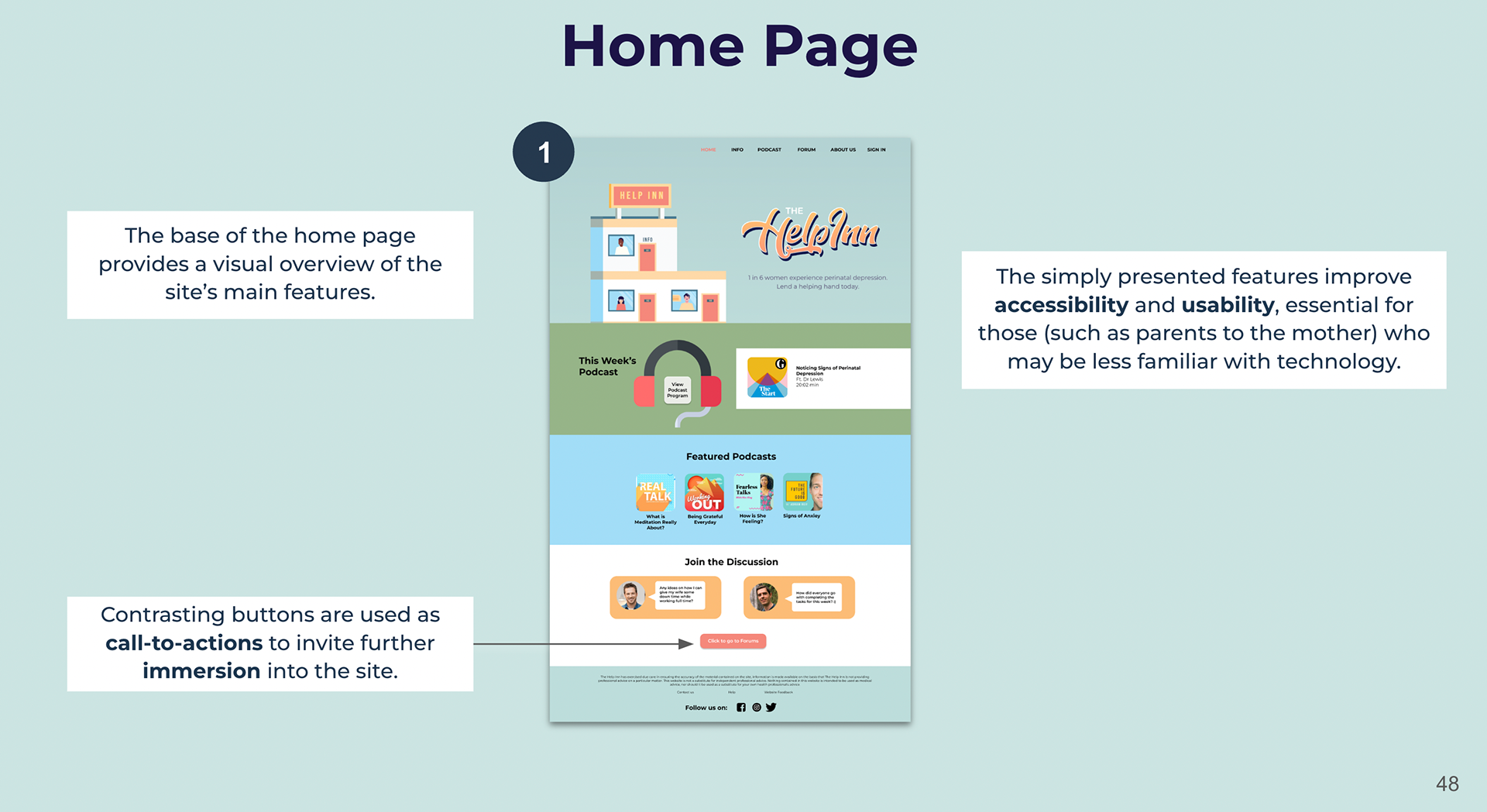
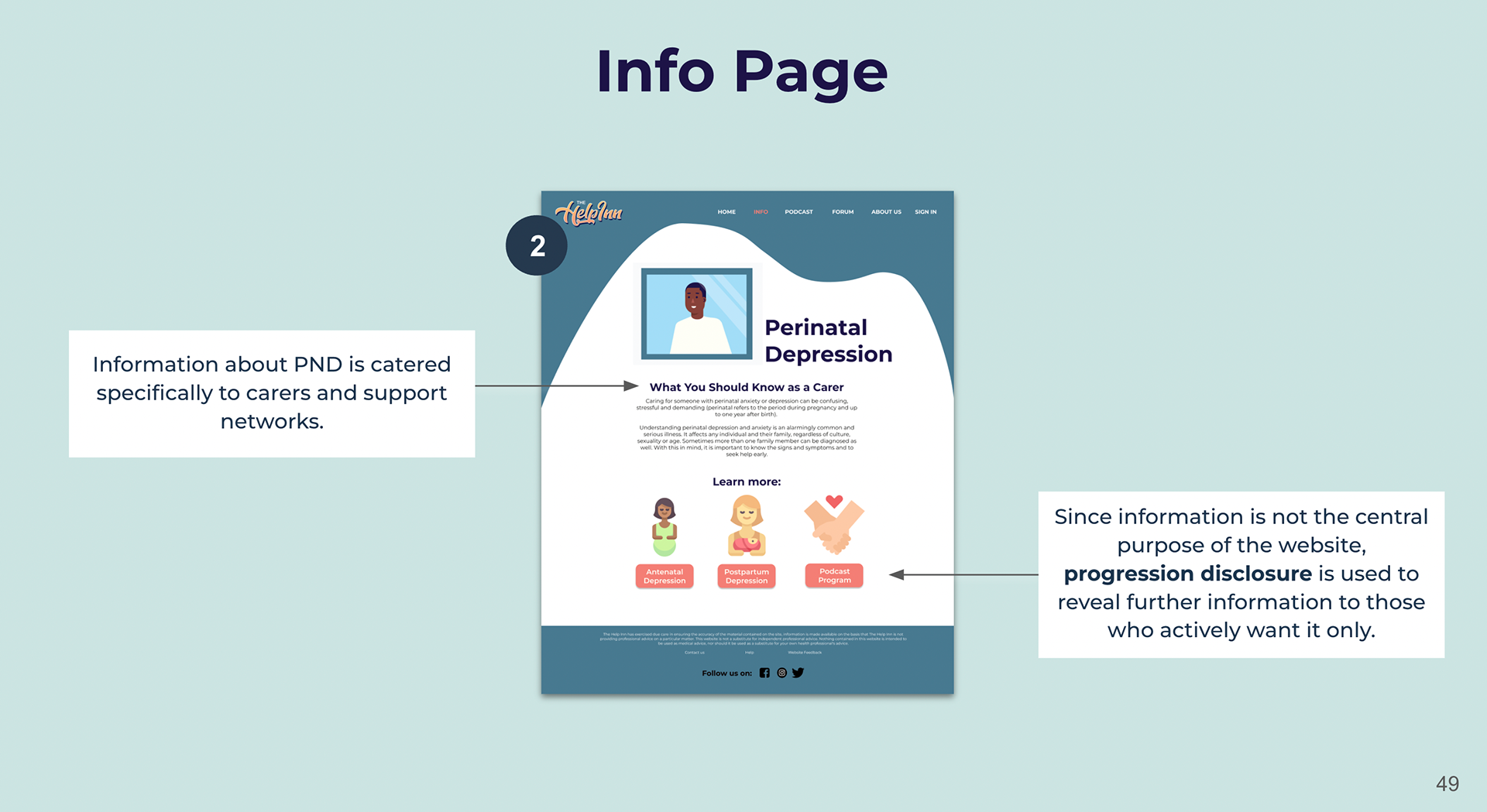
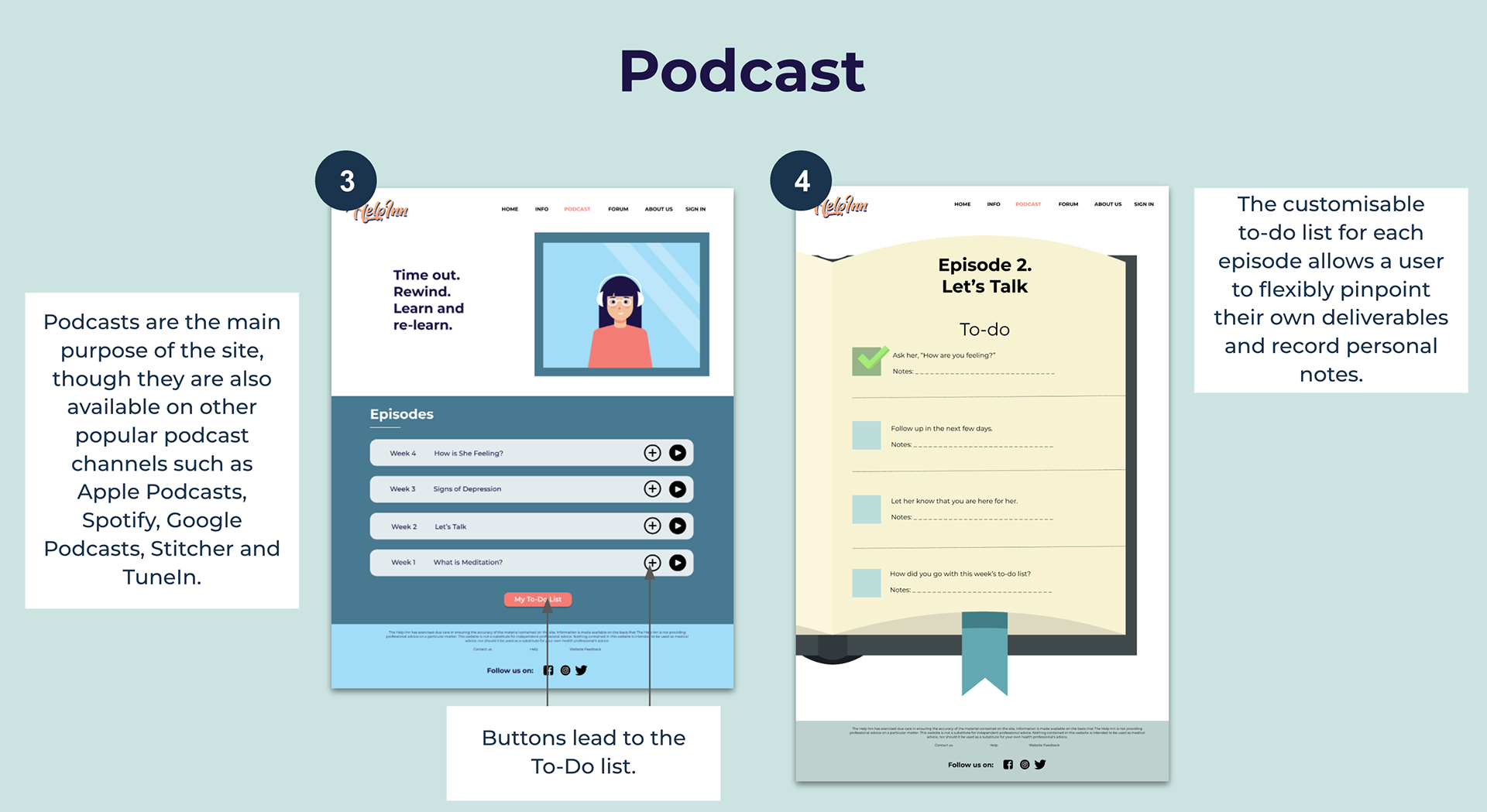
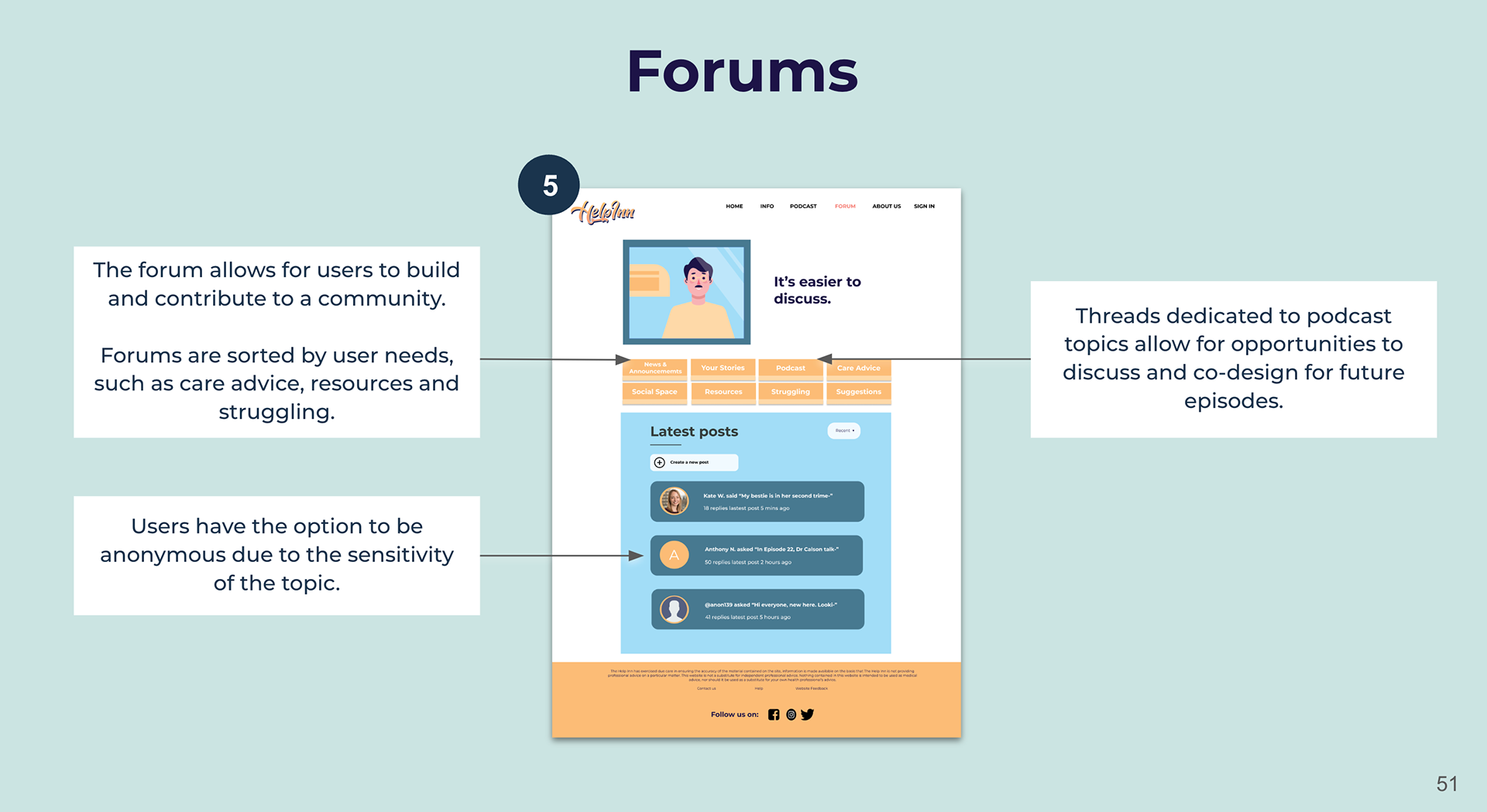

Key Learnings
The importance of User Testing
With limited prior experience, I underestimated the importance of user testing in this project. This led to major changes done under extreme time constraints as I tested late in the iterative process. This meant I dealt with design fixation due to sunk cost fallacy.
Decision Making
Problems arose in the design vision, where team members had contrasting views. This was a result of unclear assignation of roles. As I had developed majority of the graphic and UI elements, it meant that I should have been more decisive with design decisions.
Power of Research
Primary research in the form of online ethnography was incredibly powerful in gaining insights - arming us with a deeper understanding on the real, moving and emotional human stories of users who suffer from perinatal depression.


